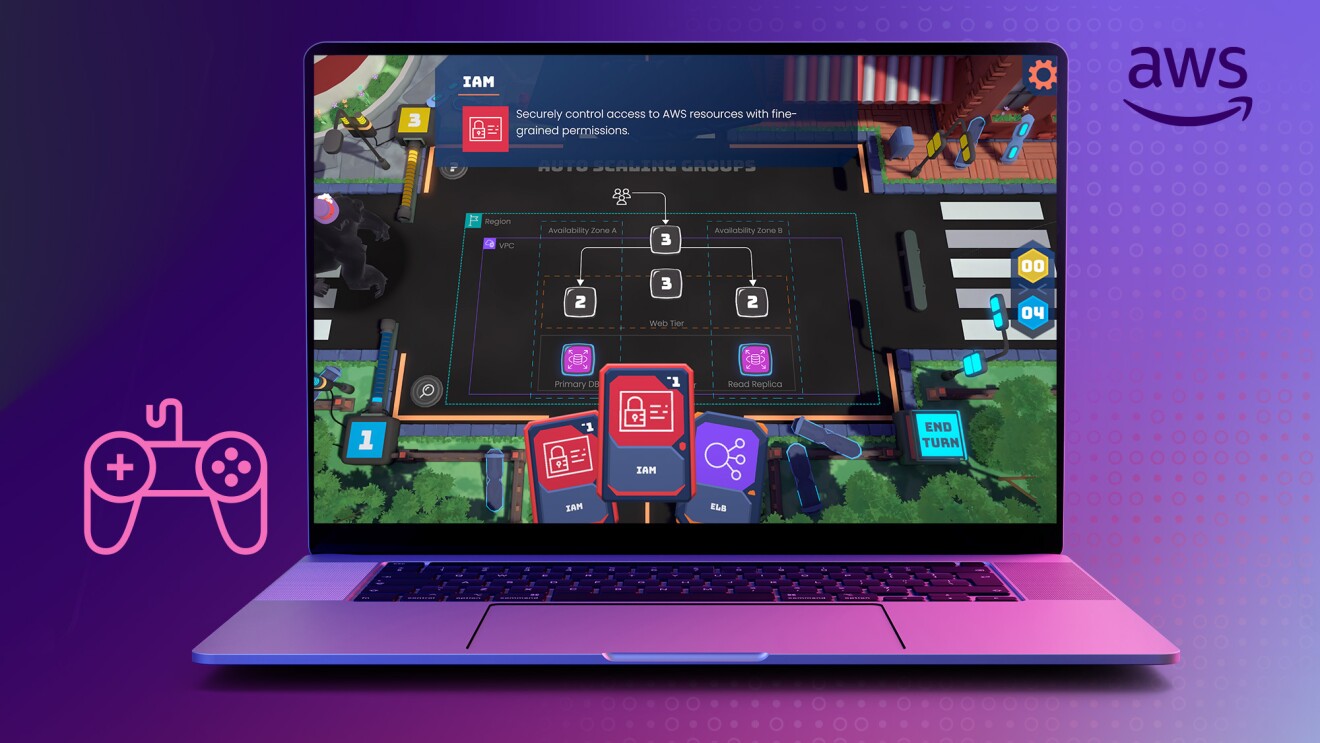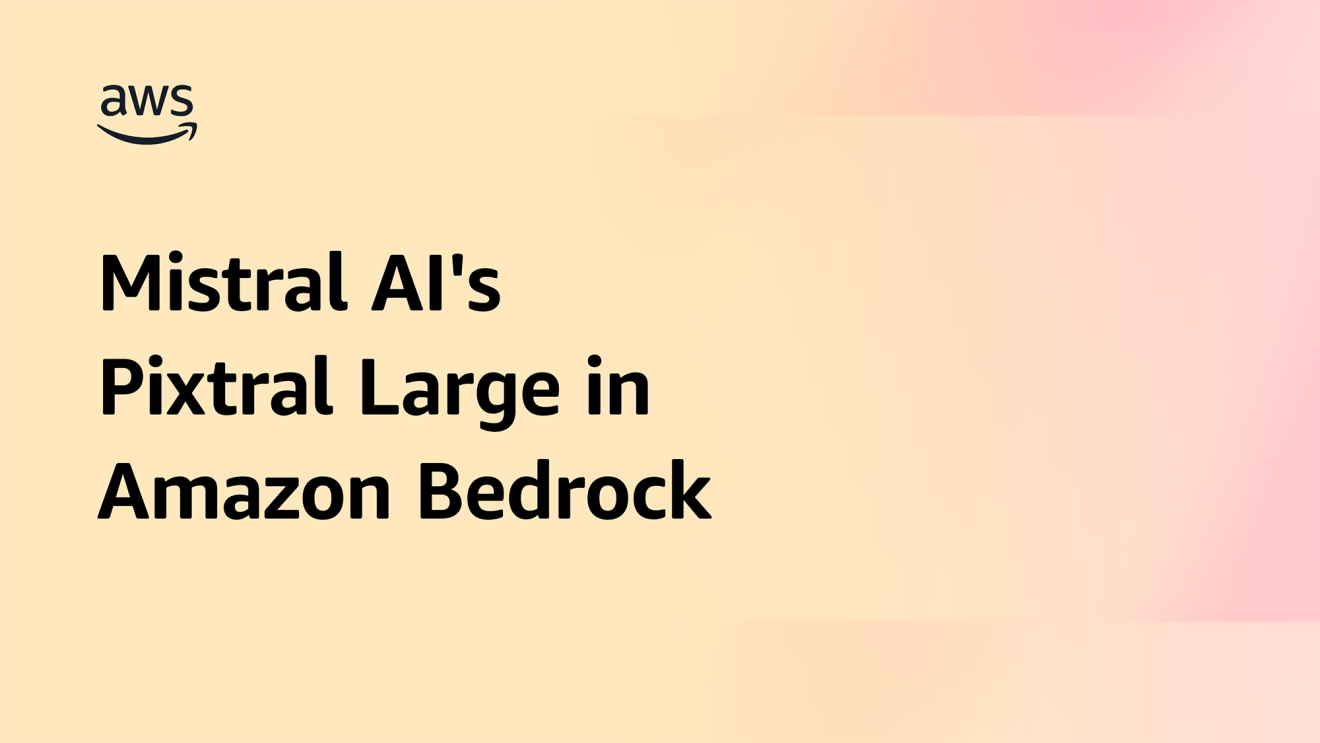In February, the Intergovernmental Panel on Climate Change (IPCC) released its Climate Change 2022: Impacts, Adaption and Vulnerability report, which warns that climate change “impacts are approaching irreversibility.” To create the report, hundreds of leading scientists contributed data and 195 countries agreed and signed on.
The report states:
Some losses are already irreversible, such as the first species extinctions driven by climate change … Other impacts are approaching irreversibility such as the impacts of hydrological changes resulting from the retreat of glaciers, or the changes in some mountain … and Arctic ecosystems driven by permafrost thaw. (page 10)
The hopeful part about that excerpt are the words “approaching irreversibility.”
It means, while the window is closing, we still have time to mitigate—and even turn around—major aspects and impacts of climate change. But we need to act now. That’s exactly what some Amazon Web Services (AWS) customers are doing—using AWS services to innovate in areas like tree equity, biodiversity, and waste reduction.
Environmentally friendly ride-sharing
In 2016, Volkswagen Group (Volkswagen), an AWS customer, created its MOIA ride-sharing service to address the issues of fossil fuels and emissions head-on with its fully electric vehicle fleet. Unlike most other ride-sharing services, MOIA was fossil fuel free from inception. Volkswagen uses electric batteries to run MOIA’s custom-built, special-purpose vehicles.
Today, MOIA ride-sharing is available in two German cities—Hamburg and Hanover. Riders use the MOIA app to order ride service, and they share their vehicle with up to five people traveling in the same direction. The app’s user interface (UI) includes pick-up and overall trip times, stops en route, walking duration needed to complete the journey, and vehicle number.
Volkswagen designed MOIA as a stable, cost-efficient, sustainable alternative to traditional ride-share fleets. They built MOIA using AWS services, including Internet of Things (IoT) that powers the vans’ sensors and let MOIA collect data and continually improve performance. “AWS provides us with a variety of services we need so we can combine them together. We use a lot of IoT and AWS IoT Greengrass to have Lambda@Edge in the vehicle to collect all of the data,” says Moritz Siuts, director of engineering at MOIA. This year, Volkswagen plans to pilot MOIA autonomous ride-share vehicles in Hamburg.
MOIA's electric ride-share solution results in fewer cars on city streets and improves the quality of life in cities—local changes that contribute to global environmental impacts. It’s a model for the environmental slogan: “Think globally, act locally.”
Los Angeles tree program addresses climate change and shade disparity
One of the greatest counterforces to climate change is nature. Trees, for instance, help abate climate change through air pollution reduction and carbon sequestration. The latter involves any biological, chemical, or physical processes that naturally capture carbon dioxide from the atmosphere.
However, inequities exist in many U.S. cities when it comes to tree cover. Disadvantaged and low-income communities have 15.2% less tree cover and are 37.4 °F (2.7 °C) hotter than high-income areas. The Nature Conservancy helps Los Angeles address this disparity using data and AWS services to support ArcGIS StoryMaps, which helps the city garner support for increasing tree cover in underserved communities.
ArcGIS StoryMaps is a story-authoring, web-based application that allows users to share their maps in the context of narrative text and other multimedia content. The geographic information system (GIS) technology it’s based on is a spatial system that creates, manages, analyzes, and maps all types of data. Esri, which is an AWS Partner Network (APN) Partner, created the application.
Werner Vogels, Amazon’s chief technology officer, created the Climate Next series to highlight AWS technologies that AWS customers and AWS-supported initiatives use to solve complex human problems. Climate Next featured The Nature Conservancy’s work to reduce tree disparity in Los Angeles.
According to The Nature Conservancy, 83.6% of people live in urban areas. “If we want to make an impact on climate change in people's lives, we have to consider how our cities are going to cope with the climate crisis that we are in,” said Tanushree Biswas, carbon program director at The Nature Conservancy. "Story maps are a great way for us to translate complicated science into action items."
Biodiversity and ecosystem modeling in Costa Rica
Although Costa Rica accounts for only 0.03% of the Earth’s surface, it’s home to nearly 6% of the world’s biodiversity. The National Center of GeoEnvironmental Information (CENIGA) at Costa Rica’s Ministry of Environment and Energy (MINAE) is a technical intelligence unit that uses mapping and modeling tools to integrate, standardize, and communicate Costa Rica’s environmental data.

CENIGA convenes with governments and scientific institutions worldwide to develop methods that identify biodiversity patterns, helping leaders to make better decisions and policies for sustainable development in Costa Rica and around the world.
The process begins with Earth observations (EO)—data about Earth’s physical, chemical, and biological systems. Examples of EO data include recording rainwater trends, monitoring temperature, and mapping forest cover. Satellite technology makes it possible to capture EO information by using remote sensing in near real time, providing a more comprehensive picture than with data collection on the ground.
However, standalone EO cannot fully assess ecosystem properties like biodiversity and changes over time. The analysis also needs ecosystem service modeling, which uses geospatial data to predict patterns about a real ecosystem. Pairing robust EO datasets with modeling leads to more accurate and relevant predictions of how ecosystems behave and might evolve. The work starts with accessing the EO datasets available on AWS and then using the data to conduct the ecosystem service modeling with AWS Cloud technology.
CENIGA built its infrastructure on AWS with AWS Promotional Credits from the Earth Observation Cloud Credit Program, a collaboration between the Amazon Sustainability Data Initiative (ASDI)—a program that seeks to accelerate sustainability research and innovation by minimizing the cost and time required to acquire and analyze large sustainability datasets—and the Group on Earth Observations (GEO).
Immersive 3D shopping experiences built on AWS
A 2021 Corporate Social Responsibility Survey reports that 83% of consumers believe that businesses should actively shape their best practices around environmental, social, and governance (ESG) issues. Climate change is a key ESG issue, and retailers are actively looking for ways to reduce their carbon footprints and reach net-zero emissions targets in the next few years. However, with consumers increasingly shopping online, extra packaging, fulfillment, and transportation needs are increasing emissions.
Creating and selling a product involves a long chain of transactions, with each one contributing to greenhouse gas emissions. For example, the production of visual assets that power the customer experience for retail and consumer packaged goods includes transporting models and photographers to shoots, and the shipping and disposal of items involved in production.
What if products didn’t need to be shipped, dressed, photographed, and retouched? What if consumer conversion rates could increase by 70% and returns reduced by 40% by using 3D visualization?
Hexa is an AWS Partner and 3D commerce and augmented reality (AR) expert. The company offers retailers 3D asset pipelines and AR features that provide consumers with virtual and immersive try-before-you-buy interactions. These interactions enhance online shopping experiences for customers, and they help brands and retailers achieve their sustainability goals by reducing returns and cutting the unnecessary impact of physical product marketing.
Hexa uses AWS services to turn nearly any image into a 3D model. Retailers can layer the 3D images onto a real-world environment (for AR) or provide 360-degree views on product pages. Retailers can replace products, change colors and configurations, and swap entire item sets with the click of a button.
Hexa’s sustainability-first approach helps its customers increase market share and sales, lower consumer acquisition costs, and reduce returns, while simultaneously reducing the environmental impact of online consumer purchases.
Find these—and other—examples of AWS’s commitment to sustainability throughout the year on the Climate Next and Sustainability Customer Stories pages.
The AWS Sustainability page also provides ongoing coverage. It currently features a video from the Climate Next series spotlighting the work Digital Earth Africa and ASDI are doing in Tanzania. The climate change data access they provide has created a groundswell of tree replanting and management of that country's biodiverse mangrove forests by its citizens.
Trending news and stories











